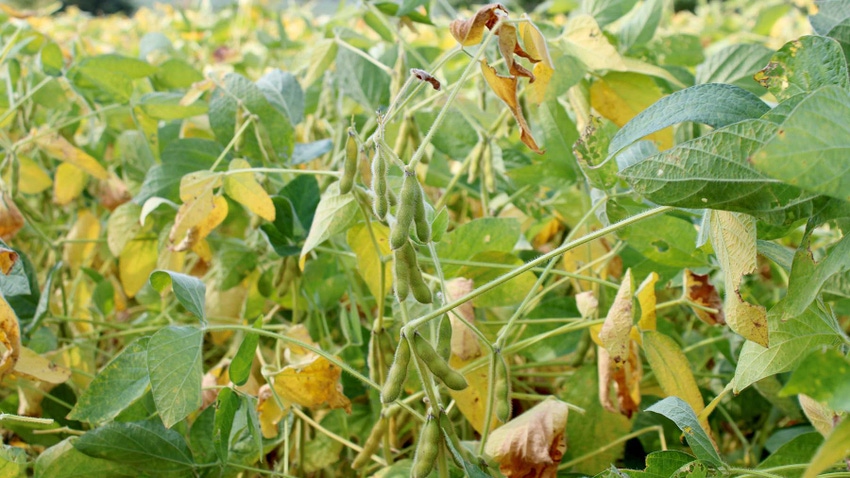
Ahead of the latest crop progress report from USDA, out Tuesday afternoon and covering the week through September 3, analysts were expecting to see some downward revisions to corn and soybean crop quality. This was especially true of soybeans, which faced a five-point drop last week. USDA also provided updates to the spring wheat harvest, winter wheat plantings and more in today’s report.
Corn quality ratings were trimmed by three points, with 53% of the crop now in good-to-excellent condition. Analysts were anticipating a two-point decline, in contrast. Another 29% of the crop is rated fair (up two points from last week), with the remaining 18% rated poor or very poor (up one point from last week).
Physiologically, 93% of the crop has reached the dough stage, up from 88% a week ago and slightly ahead of the prior five-year average of 92%. Around two-thirds (67%) of the crop is now dented, up from 51% last week and also slightly ahead of the prior five-year average of 65%. And 18% is now fully mature, versus last week’s mark of 9% and the prior five-year average of 16%.
Soybean quality ratings faced sharp declines last week after eroding five points lower, with 53% of the crop now in good-to-excellent condition. Analysts were only expecting to see a three-point dip. Another 30% of the crop is rated fair (up two points from last week), with the remaining 17% rated poor or very poor (up three points from last week).
Physiologically, 95% of the crop is now setting pods, which is just ahead of the prior five-year average of 94%. And 16% is now dropping leaves, up from 5% a week ago and faster than the prior five-year average of 13%.
Spring wheat harvest progress made excellent headway after moving from 54% complete a week ago up to 74% as of Sunday. That puts this year’s effort ahead of last year’s pace of 68% but a bit behind the prior five-year average of 77%.
And winter wheat plantings are just getting started, with a nationwide average of 1% through Sunday. Washington (9%) and South Dakota (8%) are leading the way so far, although only seven of the top 18 production states have made measurable progress so far. It’s also a slow start compared to last year’s pace and the prior five-year average, which are both 3%.
Click here for more from the latest UDSA crop progress report, including a state-by-state look at pasture and rangeland conditions.
Read more about:
Crop ProgressAbout the Author(s)
You May Also Like






